National Guard To Showcase New Medical Drone

This month, public and private sector personnel are scheduled to demonstrate a new method of sending help to soldiers on the battlefield. Oregon National Guard officials, in conjunction with Legionair Tactical and Dufour Aerospace, will display their drone’s ability to deliver medical supplies without risking additional lives.
At the Association for Uncrewed Vehicle Systems International’s Cascade 2025 Spring Symposium, crews will put their new Dufour Aero 2.3 unmanned aerial vehicle (UAV) on display. They will use the aircraft to deliver blood and other medical supplies to a high-intensity, emergency situation that is yet to be determined, according to Tyler Kennedy, co-founder/managing director, Legionair Tactical—a new company that Kennedy helped start in September 2024 that specializes in medical transportation within the military. Kennedy and other officials envision the drone being used for several use cases, such as transporting medical supplies to emergency situations on the battlefield and surveillance in commercial space.
The Dufour Aero 2.3 features a 19.7-foot wingspan and an efficient cruise speed of 150 km/h, according to Dufour Aerospace’s website. The 2025 Spring Symposium will offer crews the opportunity to showcase and prove the Dufour Aero 2.3’s abstract features, including its ability to fly up to three hours while carrying 88 pounds of equipment or 10.5 hours while transporting 22 pounds of contents, according to Dufour Aerospace’s website.
This event will follow the 68W Combat Medic sustainment course that Oregon Army National Guard officials participated in earlier this year. At this event at Camp Rilea near Warrenton, Oregon, blueflite teams displayed their drone and successfully demonstrated its abilities through several operations. The blueflite drone was able to carry 7-10 pounds of equipment for about 10 minutes of flight, according to Kennedy, who attended and helped support military officials during the event. He summarized blueflite’s accomplishments during an interview with SIGNAL Media.
“We just had a container that held the fake blood, and we flew that around, and we did two different operations,” Kennedy said. “We actually flew and dropped it when it was hovering with the bomb bay doors [open]. And then we also landed so you can get the products out. [The drone] can drop it as it hovers, or it can land, and you can take the cover off. There’s a lid on the top with hinges that you open up, and you can pick the blood out, so we did it both ways.”
Furthermore, the drone contains insulation equipment that ensures the blood stays cool enough to use while also keeping it warm enough to prevent the person receiving it from getting sick.
“[The blood] was in a container that had insulation in it, and it would be cooled,” Kennedy added. “It’d come over with frozen gel packs to keep the blood cold. On the medical side, you want to keep the blood refrigerated until you get to the wound, and then you need to heat the blood up so that you don’t cause hypothermia. If you put refrigerated blood into somebody, they’re going to go hypothermic on you, so you want to warm that [blood] up. And so, our partners have the capability of warming the blood up.”
Oregon National Guard officials also attended the exercise.
“We’re transitioning from the way we did combat in the global war on terror,” Sgt. 1st Class John Lee said in a press release. “We’re not going to always have medevac one hour away. We might have to travel to it or use ground transport to get to an ambulance exchange point before we can get the casualty to a higher level of care.”
“This technology lets us monitor the effectiveness of tourniquet application, wound care and other critical battlefield medical procedures,” Lee added.
The novel method of dropping off medical supplies via unmanned drones solves a plethora of problems that officials face on the battlefield.
Firstly, the new system would not expose additional soldiers and health professionals to danger. Warfighters have traditionally helped those in need on the battlefield by loading a team onto a Black Hawk helicopter. Then, the group would fly to the wounded soldier and administer help, a procedure that put several more lives in danger. Instead, delivering medical supplies via UAVs eliminates this avoidable risk, according to Kennedy.
“You have pilots, medics, all these people; there are a lot of assets that are at stake,” Kennedy said. “But if you bring a drone in, there are zero people—there’s a drone and there’s some blood on board—so if it did get hit, potentially you don’t get the blood to the wounded personnel out there, but it’s not another eight, nine or six people, or however many people support that aircraft.”
Furthermore, military leaders can be more aggressive in their decision-making when the weather might be too rough to send help. Once again, since there are no lives at stake onboard the UAV, officials can deploy the drone more liberally during bad weather, which could lead to more lives being saved, according to Kennedy.
Additionally, sending a drone rather than a Black Hawk helicopter would be significantly more time- and cost-efficient.
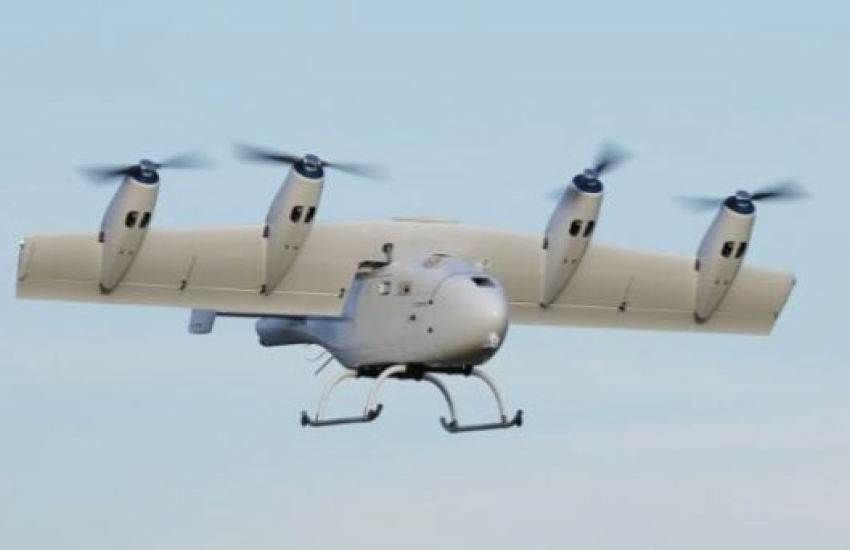
Crews having the ability to launch the drone toward the battlefield instead of prepping, packing and boarding the helicopter would save precious seconds in the rescue process. This could be the difference between a soldier living and dying, according to the golden hour rule, which states that the faster a wounded individual receives blood or help of any kind, the more likely they are to survive.
Moreover, the helicopter costs about $3,000 per hour, which is much more expensive than sending the drone, according to Kennedy. He also noted that the team members who take care of and maintain the chopper are not cheap either and that using the drone would avoid these issues altogether.
As for a timeline, Kennedy could not predict when military officials might start seeing the new method of delivering medical supplies to those in need, even if future tests and exercises are successful. He credits the uncertainty mostly to the challenging process of achieving “blue list” status.
“Your aircraft has to meet all these qualifications to get on that list,” Kennedy said. “Then you can go to the military, and they can buy, and so that’s the process that we’re not educated on. We’re going through that process in terms of figuring out how you deal with the military, how you do the right type of contracting.”
“We have a little bit of time,” Kennedy added. “We’re really new to the game, and you have to start somewhere.”
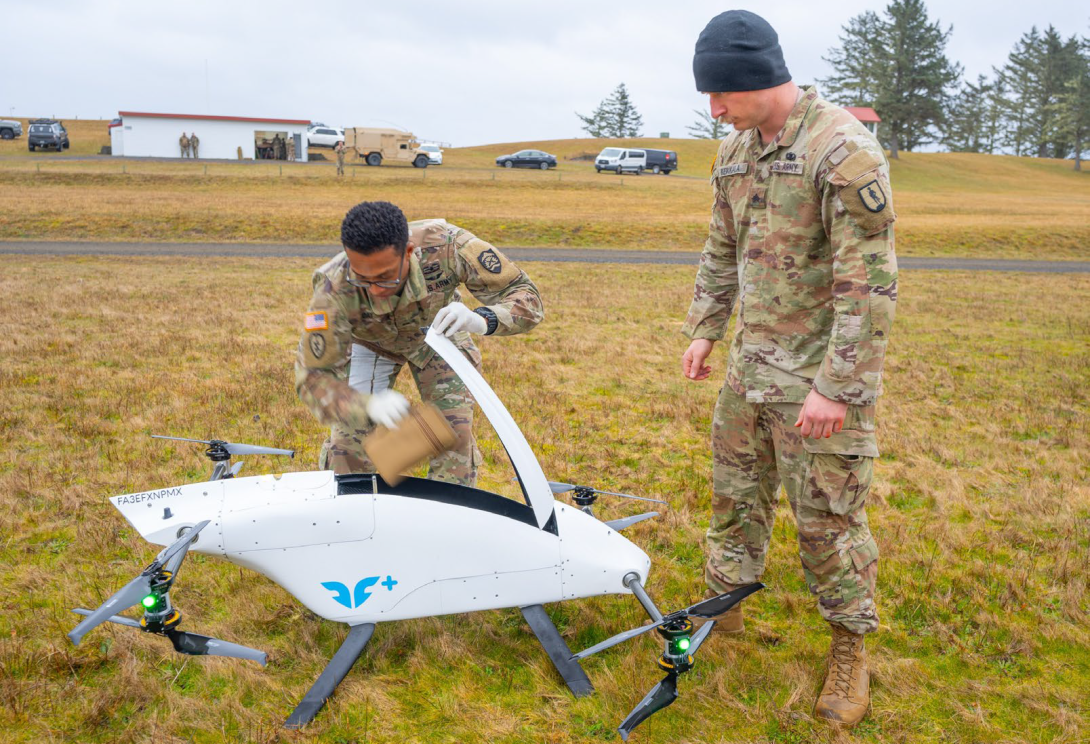
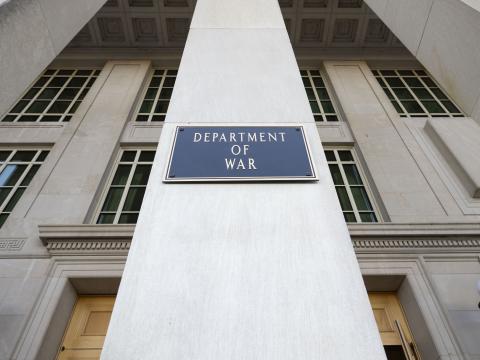
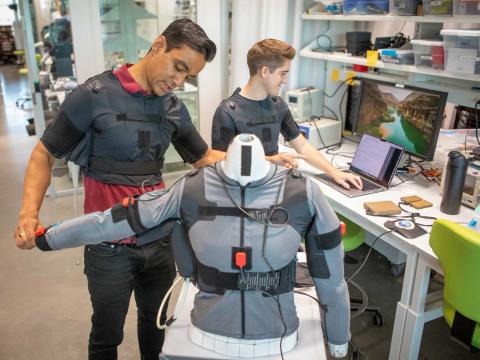
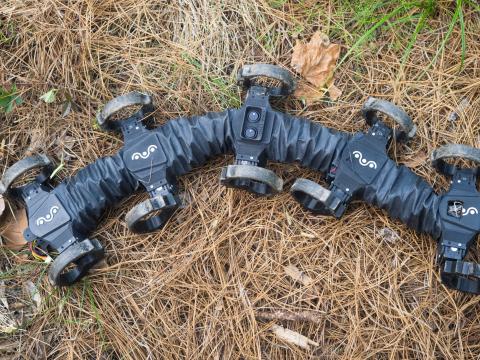

Comments